The construction of the wonderful canon of logarithms
The construction of the wonderful canon of logarithms
The construction of the wonderful canon of logarithms
Create successful ePaper yourself
Turn your PDF publications into a flip-book with our unique Google optimized e-Paper software.
Appendix. 53<br />
cube to <strong>the</strong> fifth, have <strong>the</strong>ir Logarithms in <strong>the</strong> ratio <strong>of</strong> <strong>the</strong><br />
indices <strong>of</strong> <strong>the</strong>ir orders, that is <strong>of</strong> 2, to 5.<br />
5. If a first sine be multiplied into a second producing a<br />
third, <strong>the</strong> Logarithm <strong>of</strong> <strong>the</strong> first added to <strong>the</strong> Logarithm<br />
<strong>of</strong> <strong>the</strong> secondproduces <strong>the</strong> Logarithm <strong>of</strong> <strong>the</strong> third. So in<br />
division, <strong>the</strong> Logarithm <strong>of</strong> <strong>the</strong> divisor subtracted from <strong>the</strong><br />
Logarithm <strong>of</strong> <strong>the</strong> dividend leaves <strong>the</strong> Logarithm <strong>of</strong> <strong>the</strong><br />
quotient.<br />
6. And if any number <strong>of</strong> equals to a first sine be multiplied<br />
toge<strong>the</strong>r producing a second, just so many equals to<br />
<strong>the</strong> Logarithm <strong>of</strong> <strong>the</strong> first added toge<strong>the</strong>r produce <strong>the</strong><br />
Logarithm <strong>of</strong> <strong>the</strong> second.<br />
7. Any desiredgeometrical mean between two sines has for<br />
its Logarithm <strong>the</strong> corresponding arithmetical mean between<br />
<strong>the</strong> Logarithms <strong>of</strong> <strong>the</strong> sines.<br />
8. If a first sine divide a third as many times successively [B]<br />
as <strong>the</strong>re are units in A ; and if a second sine divides <strong>the</strong><br />
same third as many times successively as <strong>the</strong>re are units in<br />
B ; also if <strong>the</strong> same first divide a fourth as many times<br />
successively as <strong>the</strong>re are units in C ; and if <strong>the</strong> same second<br />
divide <strong>the</strong> same fourth as many times successively as <strong>the</strong>re<br />
are units in D : I say that <strong>the</strong> ratio <strong>of</strong> A. to ^ is <strong>the</strong> same<br />
as that <strong>of</strong> Q to D, and as that <strong>of</strong> <strong>the</strong> Logarithm <strong>of</strong> <strong>the</strong><br />
second to <strong>the</strong> Logarithm <strong>of</strong> <strong>the</strong> first.<br />
9. Hence itfollows that <strong>the</strong> Logarithm <strong>of</strong> any given num- [C]<br />
ber is <strong>the</strong> number <strong>of</strong>places orfigures which are contained<br />
in <strong>the</strong> result obtained by raising <strong>the</strong> given number to <strong>the</strong><br />
10,000,000,000"' power.<br />
10. Also if <strong>the</strong> index <strong>of</strong> <strong>the</strong> power be <strong>the</strong> Logarithm <strong>of</strong> \o,<br />
<strong>the</strong> number <strong>of</strong> places, less one, in <strong>the</strong> power or multiple,<br />
will be <strong>the</strong> Logarithm <strong>of</strong> <strong>the</strong> root.<br />
Suppose it is asked what number is <strong>the</strong> Logarithm<br />
<strong>of</strong> 2. I reply, <strong>the</strong> number <strong>of</strong> places in<br />
<strong>the</strong> result obtained by multiplying toge<strong>the</strong>r<br />
10,000,000,000 <strong>of</strong> <strong>the</strong> number 2.<br />
G 3 But,


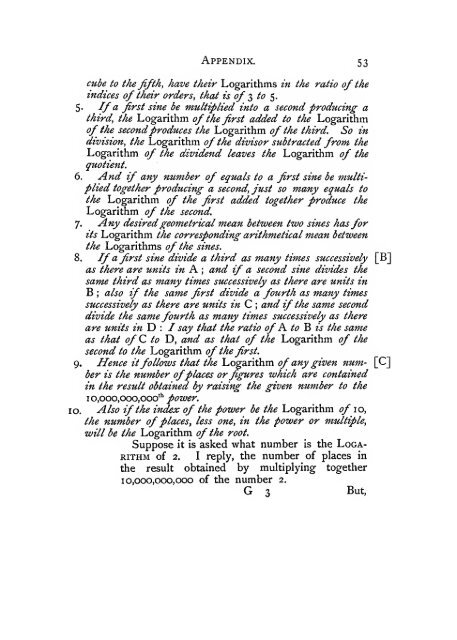
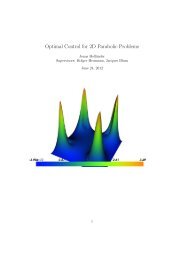
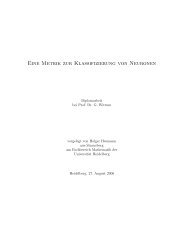
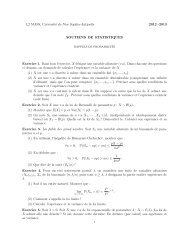
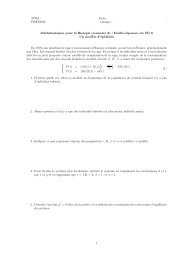


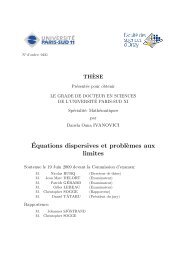
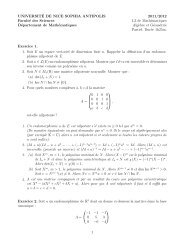
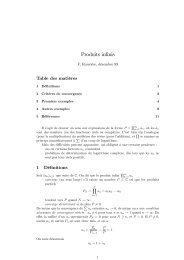
!['eries enti\`eres (+ [D78 Th d'Abel angulaire])](https://img.yumpu.com/14067031/1/184x260/eries-entieres-d78-th-dabel-angulaire.jpg?quality=85)

